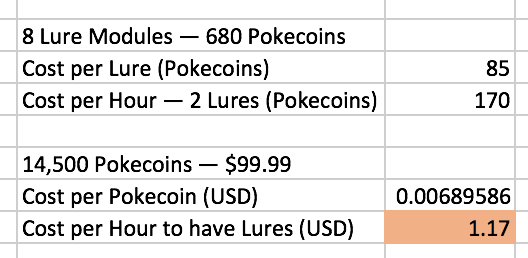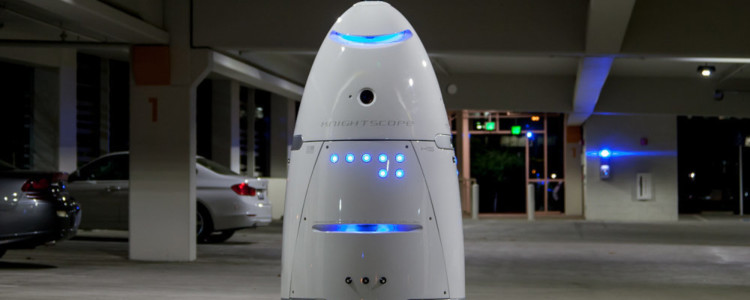The video game company is rereleasing the console that started it all, with a new version of the Nintendo Entertainment System set to hit shops in November

Hot on the heels of Nintendos biggest success in years that would be Pokmon Go, which you may have read about the company is releasing a new version of its 1983 Nintendo Entertainment System (NES) on 11 November. Stock in the company, already on the rise from the Pokmon Go phenomenon, was up 15% on Thursday morning.
The new NES, called the Nintendo Classic Mini, will be smaller, lighter and composed of fewer parts than its 33-year-old thrice-great-grandfather. The company has released five subsequent home video game consoles since the NES broke out and, unlike other systems made by Nintendo, the new version will be a dedicated machine with a preset selection of 30 games from the companys vast library. It will retail for $59.99.
In keeping with established tradition, consumers will need to buy a cord to plug the device into the wall separately, though technology may finally have caught up with this policy, given that the Classic Mini will be its first unit that can run on USB power. Its controller will be compatible with the Wii and Wii U, through which Nintendo sells its older games over the internet.
Of the 713 official games for the original Nintendo, the Classic Mini will ship with all three of the original Mario Bros games, Metroid, Ninja Gaiden, both The Legend of Zelda and The Adventure of Link, and Castlevania II: Simons Quest, among several others.
Plug and play game consoles of this sort, often using pirated versions of Nintendos games, have floated around the low end of the video game market for years and benefited from the tech worlds dedication to increasing data storage capacity. When they shipped in the 1980s, Nintendo games were about the size of a piece of toast; now many consoles are simply 1980s-style joysticks that can easily store the data for several games inside their plastic housing.
Nintendo has succeeded most dramatically when it has opted out of the console wars between Sonys PlayStation and Microsofts XBox series and focused on marketing new types of play to younger gamers. Its bestselling home video console is still the original Wii and its least auspicious product launch was the Wii U, which tried to retain fans who liked the Wiis gimmicks while catering to the hobbyist market at the same time.
With an open nostalgia play, Each title is sure to bring back fond memories the companys press release reads, Nintendo is reaching for an underserved market, which is traditionally what the company does best.
Read more: https://www.theguardian.com/technology/2016/jul/14/nintendo-classic-mini-entertainment-system










